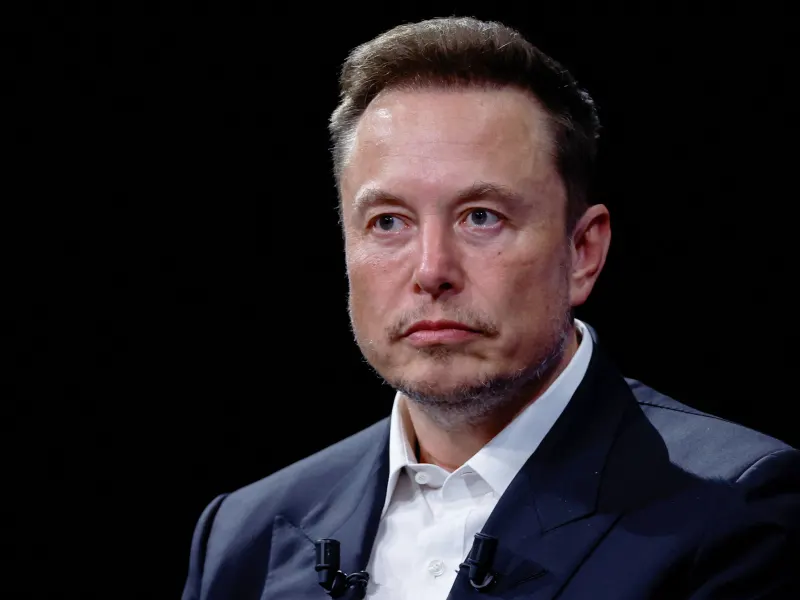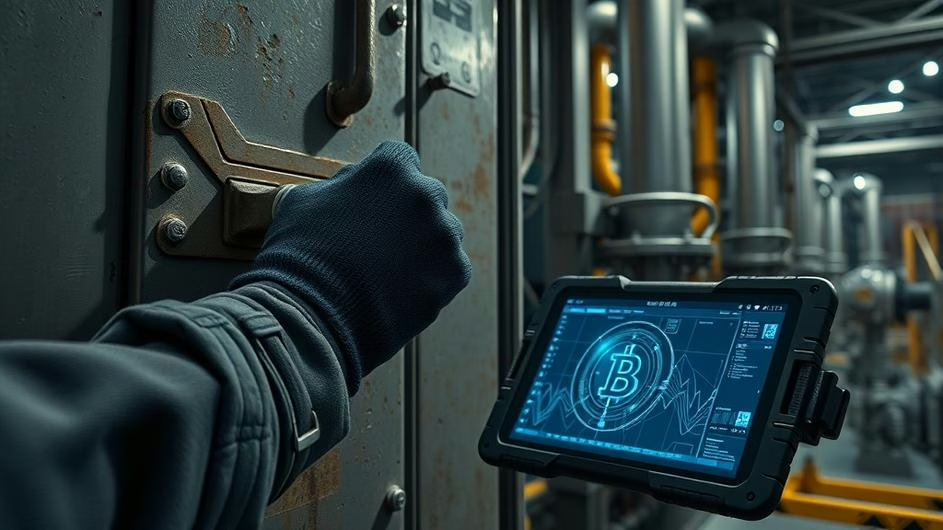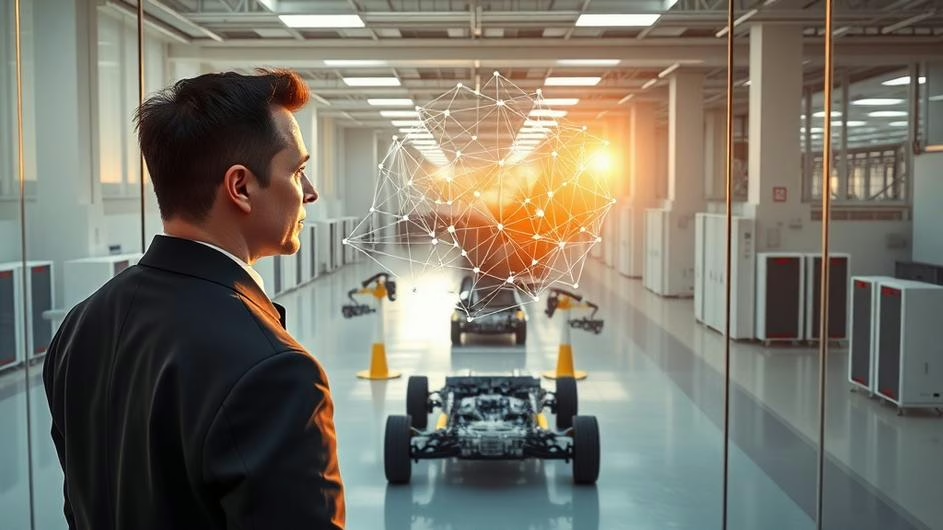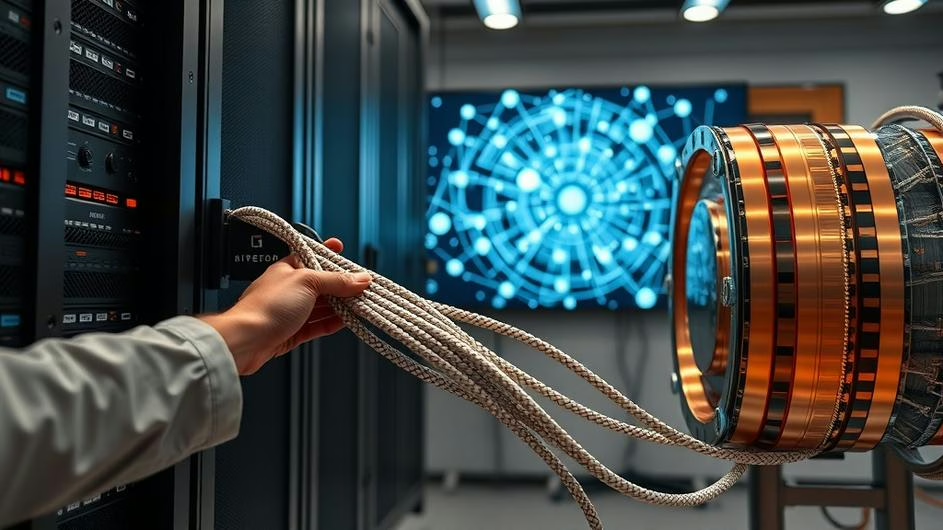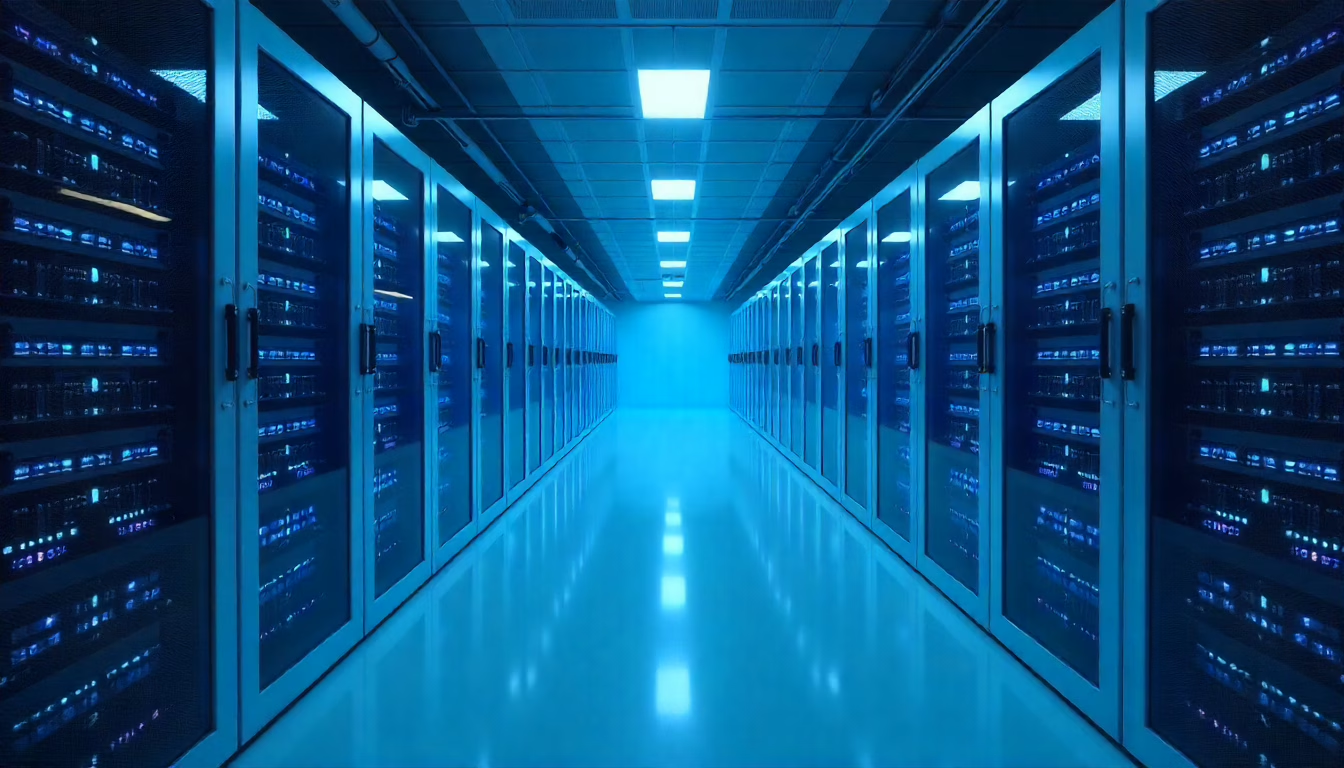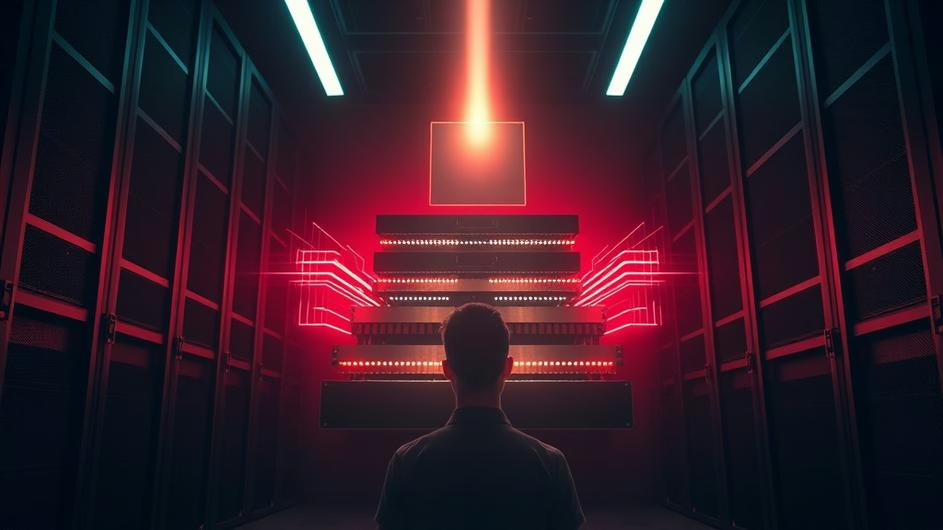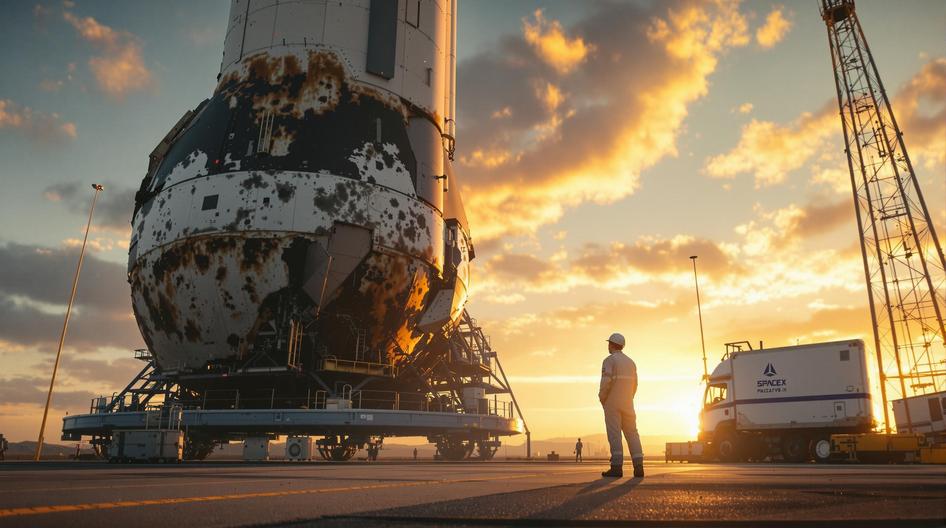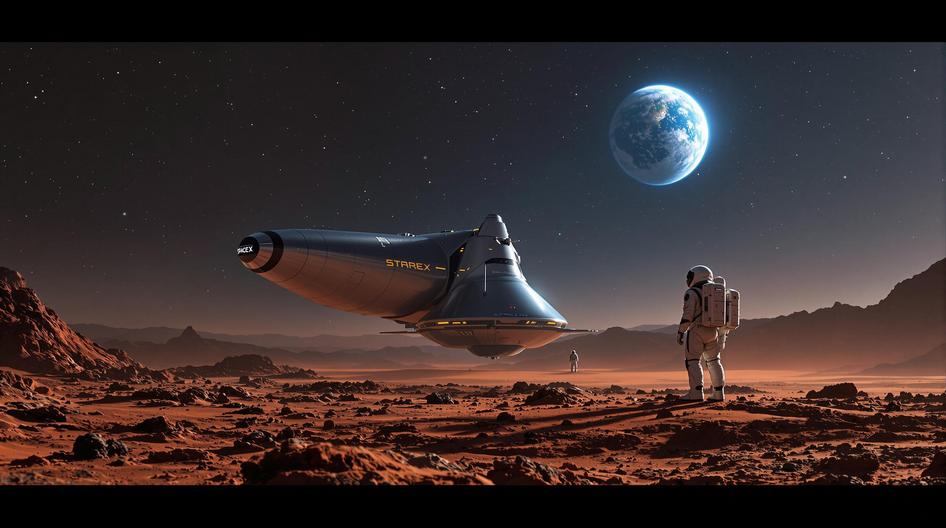
Starlink on the Edge: How the Rise and Fall of SpaceX’s Mega-Constellation is Changing the Sky and the Future of Connectivity
When you think about infrastructure at scale, what comes to mind? Maybe blockchain networks processing millions of transactions, or cloud computing giants managing data centers worldwide. But there’s another infrastructure story unfolding above our heads that’s just as dramatic and potentially more visible than any crypto market swing.
SpaceX’s Starlink constellation isn’t just changing how we think about internet access. It’s creating a whole new category of infrastructure challenges that tech professionals should be watching closely. And right now, that infrastructure is literally falling from the sky by design.
When “Planned Obsolescence” Means Falling Stars
Social media feeds have been lighting up with what look like meteor showers, but these aren’t cosmic debris. They’re Starlink satellites burning up as they complete their planned descent through Earth’s atmosphere. According to space tracking experts and retired Harvard astrophysicist Jonathan McDowell, we’re seeing between two and four satellites deorbiting every single day.
That’s not a bug in the system. It’s a feature.
With over 8,500 satellites currently active in Starlink’s growing network, this controlled destruction represents something unprecedented in tech infrastructure. Each satellite has roughly a five-year operational lifespan. When they reach end-of-life or malfunction, they’re programmed to descend and completely disintegrate in the upper atmosphere.
This approach solves the classic “technical debt” problem that has plagued space operations for decades. Unlike legacy satellites that can drift as space junk for years, Starlink’s fleet burns up cleanly. It’s like having smart contracts that automatically execute cleanup protocols when conditions are met.
But even this elegant solution raises new questions. Scientists are starting to wonder about the cumulative environmental impact of all these controlled reentries. Are we trading orbital debris for atmospheric contamination? It’s the kind of systems-thinking challenge that AI and automation projects face when scaling rapidly.
The Visibility Problem Tech Can’t Ignore
International Space Station astronaut Don Pettit recently captured some incredible footage of a Starlink “train” moving across the sky above dancing auroras. These satellite formations are especially bright right after launch, when they’re still clustered together following their Falcon 9 ride to orbit.
The visual spectacle is stunning, but it’s causing real headaches for astronomers. The brightness of these low-orbit satellites creates significant light pollution that interferes with ground-based space observation. For research institutions and amateur astronomers alike, Starlink’s rapid expansion means redesigning equipment and changing operational procedures.
This mirrors challenges we see in other rapidly scaling tech systems. When cloud infrastructure grows too quickly, it can overwhelm existing monitoring and management tools. When blockchain networks see sudden adoption spikes, they can congest and force protocol upgrades. Starlink’s growth is hitting similar scaling bottlenecks, just in a more literal and visible way.
Managing Risk in a Crowded Orbit
Space debris has been a growing concern for decades, but Starlink’s scale amplifies everything. More satellites mean more potential collision points. More active objects mean more complex traffic management. It’s like trying to manage network congestion, except the consequences of a collision can create debris fields that threaten other missions and even human spaceflight.
SpaceX has built impressive risk mitigation into their system. Satellites are designed to deorbit quickly rather than contributing to long-term debris accumulation. They burn up almost completely during reentry, unlike older satellites that might survive the plunge and impact the ground.
But even with strict protocols, the margin for error keeps shrinking as the constellation grows. This creates the same kind of operational challenges that major crypto exchanges face when transaction volumes spike or when network effects accelerate adoption faster than infrastructure can scale.

The Mobile Connectivity Disruption
While engineers work out the orbital mechanics, SpaceX isn’t slowing down the business side. The company is pushing hard into direct mobile connectivity, securing new radio spectrum to offer broadband, phone, and text services directly from space. This isn’t just about rural internet access anymore. It’s about creating a backup infrastructure for when terrestrial networks fail and a competitive alternative for regions with limited connectivity options.
This move has major industry players paying attention. Analysis suggests that Starlink’s technological advantages could force companies like Apple and major carriers to rethink their partnership strategies. Traditional satellite providers like Globalstar are struggling to match Starlink’s fleet size and frequency capacity.
It’s a classic disruption pattern that tech professionals recognize from other markets. A new player enters with fundamentally different economics and capabilities, forcing incumbents to adapt or risk obsolescence. The same dynamic played out when cryptocurrency challenged traditional finance or when cloud computing disrupted on-premise data centers.
Infrastructure Lessons for the Tech World
The Starlink story offers several important insights for anyone building or managing large-scale tech infrastructure. First, planned obsolescence and automated cleanup can be powerful design principles when you’re operating at massive scale. Second, rapid growth often creates new categories of problems that weren’t apparent at smaller scales. Third, regulatory frameworks and industry standards often lag behind technological capabilities.
These lessons apply directly to blockchain infrastructure, AI systems, and other emerging technologies. How do you design for graceful degradation? How do you handle the externalities of rapid scaling? How do you balance innovation speed with responsible deployment?
For developers and tech leaders watching Starlink’s evolution, the visible satellite reentries aren’t just an interesting astronomical phenomenon. They’re a real-time case study in how to manage infrastructure at unprecedented scale while dealing with environmental concerns, regulatory oversight, and competitive pressure.
The View from Here
As more Starlink satellites streak across the night sky on their planned descent, they’re writing a new chapter in how we think about global infrastructure. The controlled burns happening overhead represent both the promise and the complexity of building systems that operate at planetary scale.
SpaceX’s approach, balancing aggressive expansion with responsible deorbiting protocols, is establishing new norms for mega-constellation operations. Other companies planning similar networks will need to grapple with the same tradeoffs between scale, safety, and environmental impact.
For the tech community, Starlink’s visible presence in our skies serves as a daily reminder that the infrastructure powering our digital future isn’t just abstract code running in distant data centers. Sometimes it’s hardware burning up in the atmosphere above our heads, engineered to self-destruct as cleanly as possible when its job is done.
The era of mega-constellations is here, and how we manage this transition will influence everything from Web3 infrastructure development to global connectivity standards. The light show overhead isn’t just entertainment. It’s a preview of how the next generation of planetary-scale systems will operate, evolve, and eventually retire.
Sources
- Elon Musk’s Starlink satellites are falling to Earth at an alarming rate, The Independent, 09 Oct 2025
- ISS astronaut captures amazing video of SpaceX Starlink satellite train cruising above auroras, Space.com, 10 Oct 2025
- Elon Musk’s Starlink fleet is burning up in orbit, scientists say, Interesting Engineering, 09 Oct 2025
- Elon Musk tries to make Apple and mobile carriers regret choosing Starlink rivals, Ars Technica, 06 Oct 2025
- Don’t look up: That’s not a shooting star, it’s another Starlink satellite burning up, PC Gamer, 06 Oct 2025

